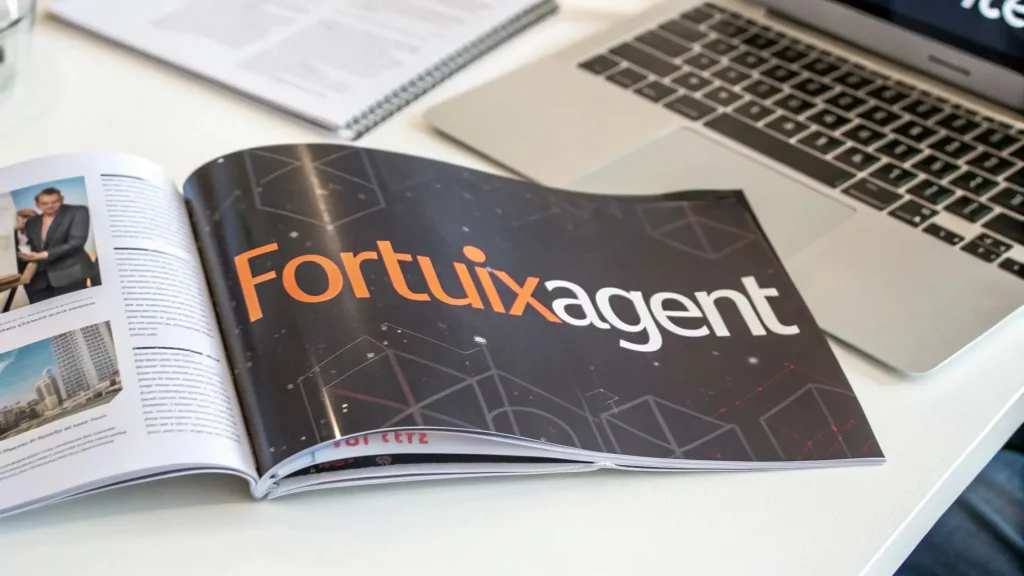They use a Bitcoin anti-quantum proposal to shield another network

Anduro, a technology unit created by the Bitcoin mining company MARA (MARA), began integrating a proposal originally designed for the Bitcoin protocol to protect its side chain (sidechain) from possible threats from quantum computing.
This was announced by Anduro’s team on August 5 through the social network X, where he said:
Are we making Coordinate resistant to quantum computing. BIP 360 is now being integrated into the mainnet (currently beta on testnet). The launch is expected by the end of this year.
Anduro, a company aimed at developing anti-quantitude technology for Bitcoin
With the implementation of the technical proposal BIP-330, this sidechain will add cryptographic tools that seek to resist attacks from quantum computers, technology that is still in development, but that, if mature, could violate the current systems of digital signatures.
What is BIP-360, and how do you protect Bitcoin from quantum attacks?
The BIP-360 proposal was presented in June 2024 by the developer known as Hunter Beast, a partner in the Bitcoin ecosystem.
As CryptoNews, BIP-360 introduces the payment method with cryptography known as P2QRH (in Spanish, Payment to Hash Resistant to Quantum Computing) and provides a mechanism of transactions resistant to quantum attacks.
The proposal aims to replace the current mechanism that protects firms in Bitcoin, ECDSA (Algorithm of Elliptic Curve Digital Signature Algorithm), with a new type of digital signature. BIP-360 is based on hash functions that would be safe against quantum, such as SHAKE-256 or SHA-3.
In this sense, Ben Sigman, CEO of Bitcoin Libre, considered that the use of hashes instead of public keys would eliminate the risk of exposure of sensitive information, since hashes are results of one-way functions that cannot be reversed to obtain the original entry, even with advanced technology.
Thus, by adopting BIP-360 in Coordinate, currently in the testnet phase, Anduro seeks to ensure that this side chain maintains its integrity in the face of future advances in quantum computing.









